Broholmer
Broholmers are a fairly large, friendly, and loving dog breed originating in Denmark. Although they are good dogs, Broholmers are also watchful and confident. This dog is widely used as a guard and watchdog for wealthy people. These dogs look intimidating, but they are, in fact, very calm and good-natured dogs full of love for their family. Broholmer always wants to be near their family and especially loves to snuggle.
They are an excellent fit for families with kids. These dogs also go by the name Danish Mastiffs.
FUN FACT: Broholmers are often mistaken for English Mastiffs because of their similar appearance.

Height:
27,5-29,5 in (70-75 cm)

Weight:
90-150 lb (41-68 kg)

Origin:
Denmark

Life Expectancy:
8-10 years
Dog Breed Characteristics
The Broholmer resembles other Mastiff-type dogs in appearance. However, it is not as large and has a more proportionate head size. Because the skull and muzzle should be the same length, this is not a brachycephalic Mastiff-type dog. Their noses are large and always black, and their ears are medium in size and pressed close to their heads. Their chest is large and deep. They have loose skin that is sometimes wrinkled and covers a muscular and robust body. Their tail is very long and wide, and they usually carry them low.
Most adult Broholmers are 27 - 30 inches tall and weigh 90 - 150 pounds. They are massive, and male dogs are usually larger than females.
Coat type
Their coat is short and can be light, dark, or black (though the black variant is rare). It is acceptable to have some white markings and a darker muzzle.
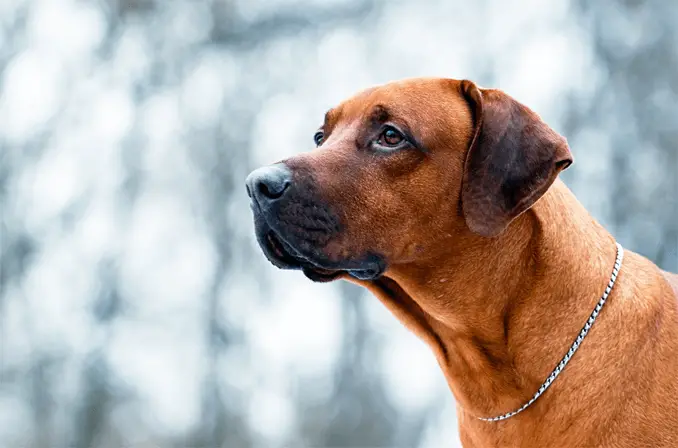
Temperament
The Broholmer dog breed is friendly but protective and prefers to remain close to their humans. They would rather be outside than on the couch because their original purpose was hunting stag and guarding large farms. Broholmer enjoys games such as hide and seek, fetch, or whatever you decide to do as long as it's outside, in the yard, or park.
Broholmers are relatively easy to train because they are intelligent and eager to please their pet parents. They are wary of strangers but are not aggressive. These dogs are not nuisance barkers.
These pups are excellent watchdogs and guardians. If you have children at home, you can be sure they'll be protected and watched over. They are extremely intelligent canines. These pups will get along with everyone, provided they are socialized and trained early on.
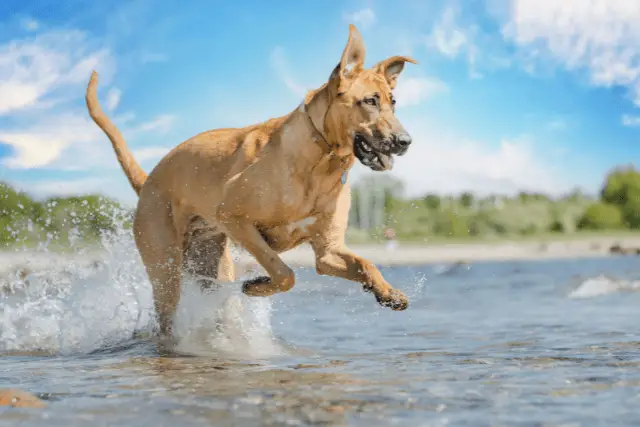
If they don't get their daily physical needs fulfilled, exercise-wise, they may develop behavioral issues, so it's best to take them out for an hour of vigorous play at least once during the day. This dog will be a perfect fit for you and your family if you can provide them with a large household with plenty of space and family members they can focus on, especially kids.
Broholmer and children
Early socialization and proper training can teach them to behave appropriately even when other children are present. Broholmers are a better fit for families with older kids who understand how to play with such a dog. That said, these dogs consider children from their families as equal pack members they have to protect. They are usually very gentle and protective over kids from their families.
Despite the fact that these dogs are gentle and patient with kids, children should never be left alone with any dog, regardless of breed. You should ensure that your children understand how to safely approach dogs of this breed and how to interact and play with them.
Broholmer and other pets
Broholmers get along with and enjoy the company of other dogs. If properly introduced, they can learn to get along with other dogs and animals. Still, it all comes down to the socialization process. The temperament of a dog can be significantly influenced by socialization. The more situations the dog is exposed to, the more comfortable they will be in the future. Begin this process early to ensure that your dog grows into a well-behaved, confident individual.
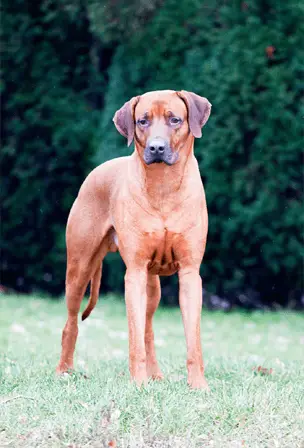
Grooming and care
The Broholmer breed sports a short, smooth coat. Their coats may come in brown or tan and sometimes, their coats include white markings and a black mask. These dogs are easy to groom, and weekly grooming will keep the dog looking good.
Brush their teeth at least three times a week to prevent tartar buildup and infections. Make sure you use products made specifically for dogs as human products could potentially harm them. Trim their nails if they don’t wear them down naturally. A good indication is hearing them clicking on the floor while they walk.
Clean their ears and check for signs of redness or infections. Use a cotton cloth and never insert anything in their ear canal. You can always check with your vet about the products you should use and the proper technique.
Exercise needs
This fairly active dog will need regular playtime to be satisfied. Broholmers will love chasing balls or playing hide and seek. They will enjoy various fun activities such as swimming, jogging, or hiking. To make this dog happy, you will have to devote your time to playing sessions and exercise. If you fail to provide them with a healthy way to spend their energy, these dogs might develop behavior problems. They will, in fact, become bored and destructive if they don't spend all their energy.
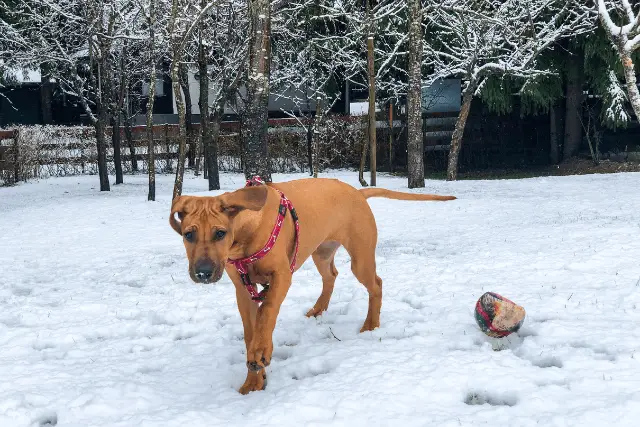
Nutritional needs
A Broholmer diet should be specifically designed for large breeds with medium energy levels. Because of their large size, they have a tendency to gain weight when overfed, so stick to a regular feeding schedule and don't leave food out during the day. Limit the number of treats they can have as well.
Broholmer's dietary needs will change from puppyhood to adulthood and will continue to change into their senior years, as they do with all dogs. You should consult your veterinarian about your Broholmer's diet. There is far too much variation between individual dogs, including weight, energy, and health, to make a specific recommendation.
The good news is that loads of high-quality brands are available on the market. A simple online search can tell you all you need to know.
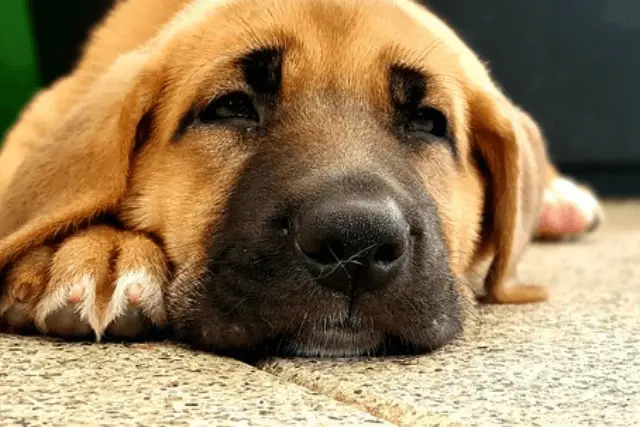
Health problems
Broholmer are dogs with a life expectancy of 8 - 10 years. Like most dog breeds out there, they can develop specific health problems that every future owner should be aware of. If you’re aware of the potential health issues your dog is prone to, you will be able to spot them early and start the treatment as soon as possible. Those health issues are;
- Hip dysplasia - Genetic problem affecting hips resulting from an improperly formed hip joint.
- Elbow Dysplasia - Usually, it affects large breeds and is caused by the uneven growth of three bones making a dog’s elbow.
- Bloat
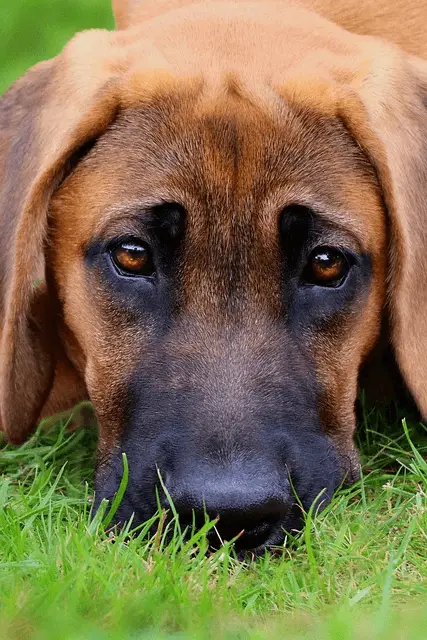
Broholmer breeders
When getting a Broholmer puppy, the most important thing is to get it from a responsible and reputable Broholmer breeder. These dogs are energetic and protective, and getting a poorly bred dog can have catastrophic results. Responsible breeders will breed dogs that don’t only look good but also have great characters. You must find an excellent Broholmer breeder that can help you learn about this breed and make an informed choice about getting a dog with these characteristics.
If you are unsure whether this is the breed for you, check out this FREE GUIDE to help you decide which dog breed is right for you.
World Dog Finder team

Updated at31.08.2023.
Breed History
While the exact origin of the Broholmer is not entirely uncovered, it is assumed that it evolved from a cross between local Danish dogs (mostly Spitz types), an assortment of foreign dogs brought to the region of modern-day Denmark by none other than the Vikings, as well as the Great Dane.
This breed was once extremely popular in Denmark, and it was well-known for its adaptability. A Broholmer was a prized possession among the Danish nobility as a guard dog and a hunting dog of large animals such as deer and boar and among Danish farmers as a farmhand who would assist in handling uncooperative pigs and bulls. In fact, Broholmers were so highly regarded that they were frequently given as gifts to European royalty and aristocrats.
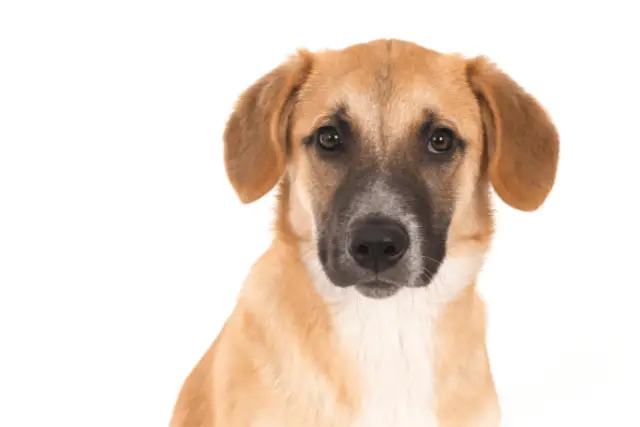
However, their popularity declined in the 1800s, when the industrial revolution resulted in the disappearance of much of the green space once enjoyed by the big Broholmer. This land takeover happened alongside a major political shift, resulting in the upper classes losing most wealth and, alongside it, their Broholmers. The breed was saved from extinction by a nobleman named Neils Frederick, a gamekeeper and ardent supporter of the Broholmers, breeding many and encouraging others to do the same.
The most fascinating periods in Broholmer's history occurred in the late 1800s and early 1900s when they were used in the Copenhagen Zoo's breeding program, whose goal was to preserve and get this breed a new chance in life. The female Broholmers were allegedly used as surrogates for orphaned zoo animals such as tiger and lion cubs!
When World War I caused an economic catastrophe in Europe, Denmark included, this strong conservation effort came to a halt. At the time, Denmark went into the Great Depression, quickly followed by the German occupation, making it difficult for locals to feed, breed, and care for large dogs like the Broholmer. The Society for the Reconstruction of the Broholmer Breed was founded in 1974 after determining that this breed should not be lost to history. When it was discovered that there were no suitable breeding animals with papers, it was agreed that dogs who met the standard but lacked documents would be allowed to breed.
On the other hand, the Danish have decided not to preserve the breed at all costs and have enacted strict rules requiring all breeding parents to have a temperament test and the available DNA testing for known hereditary health conditions. This responsible attitude will undoubtedly benefit the breed in the future.
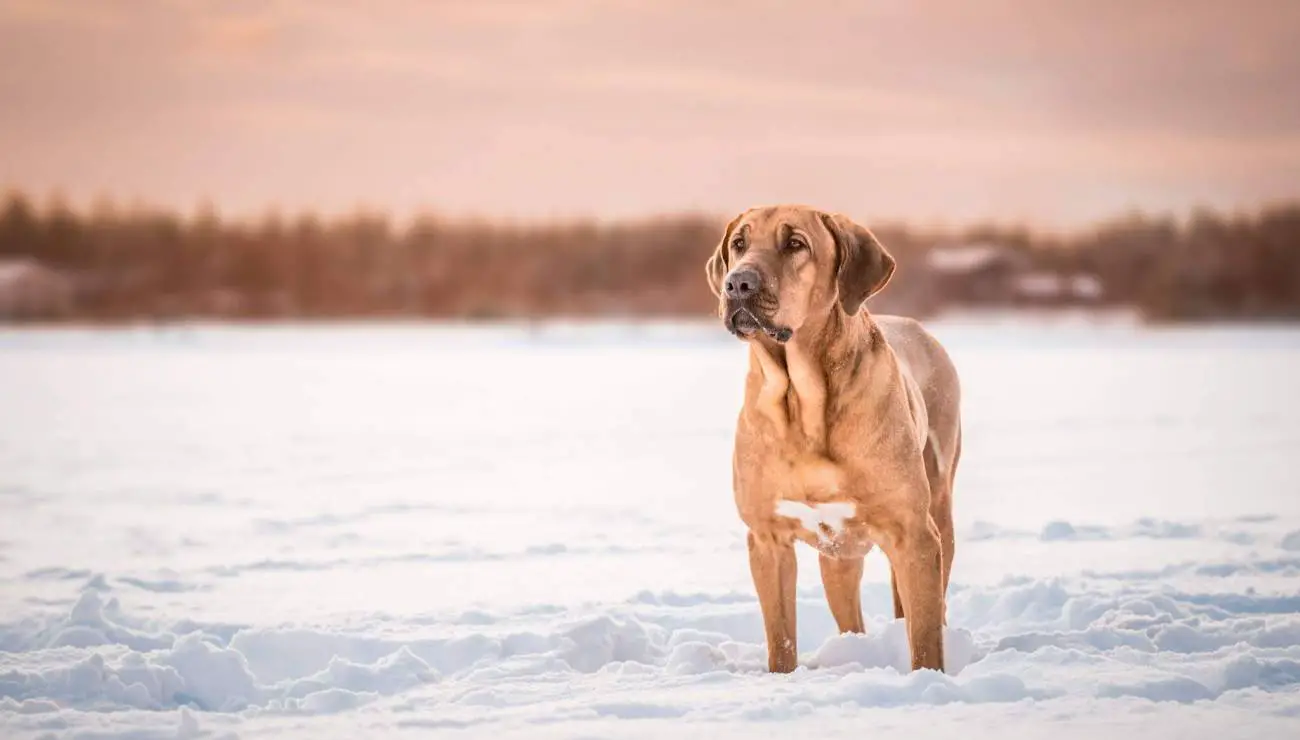
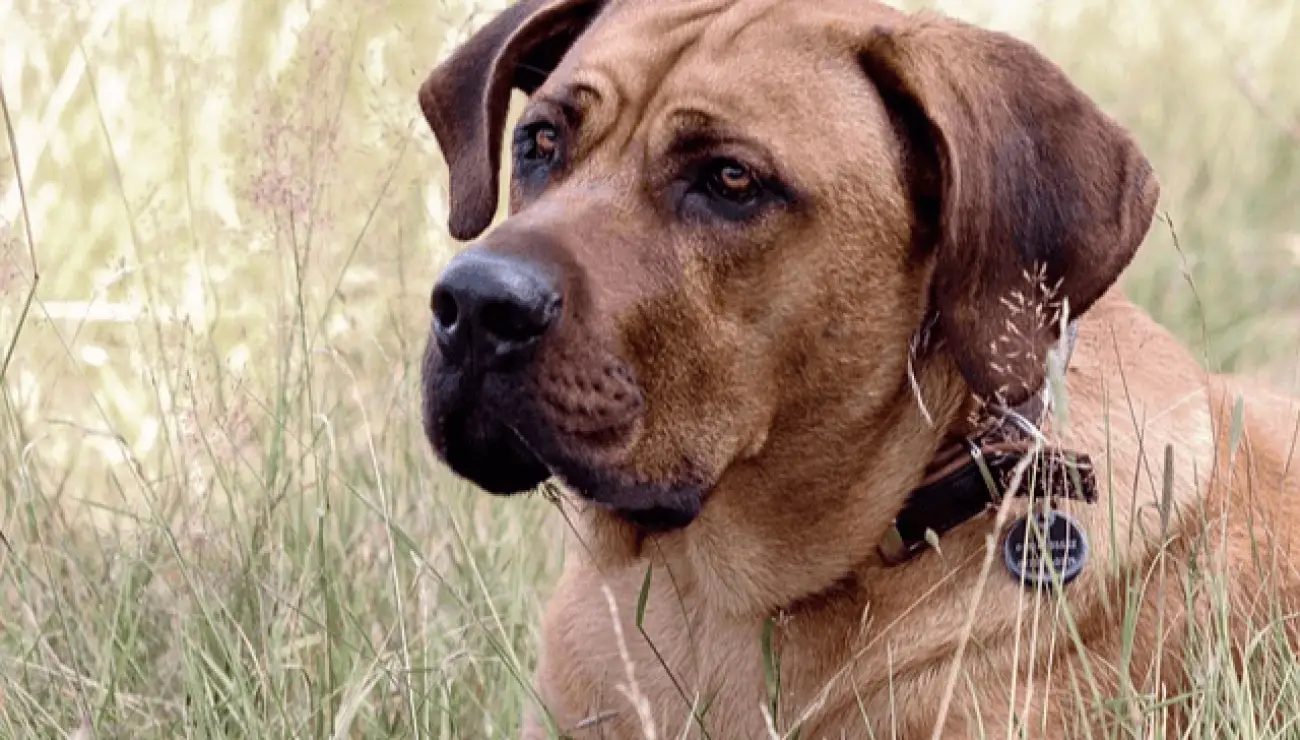
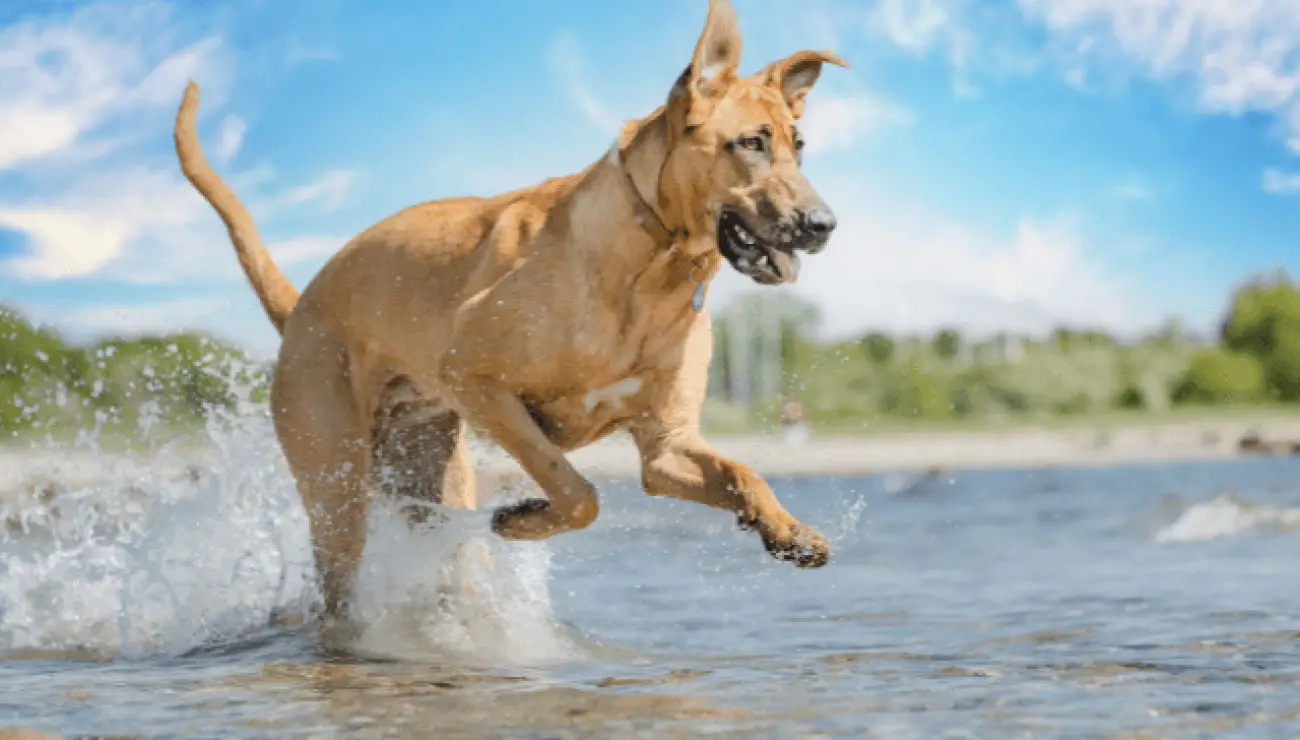
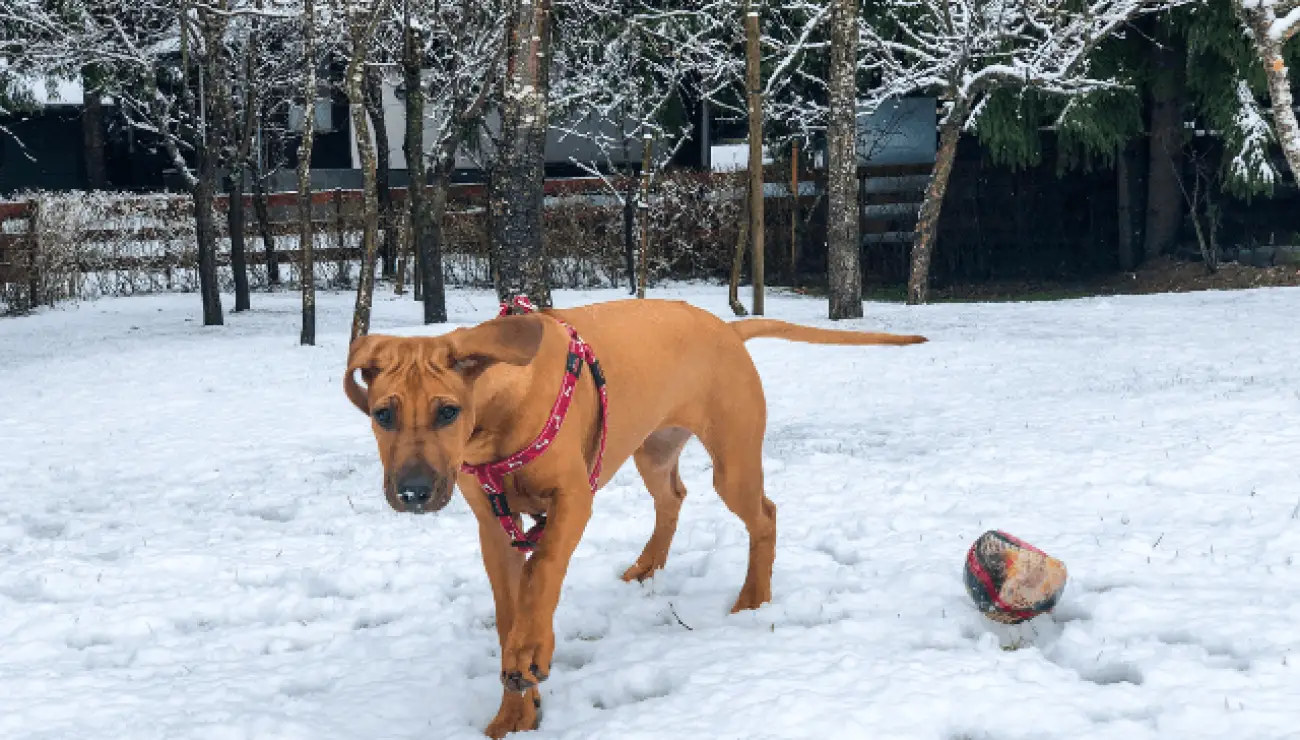
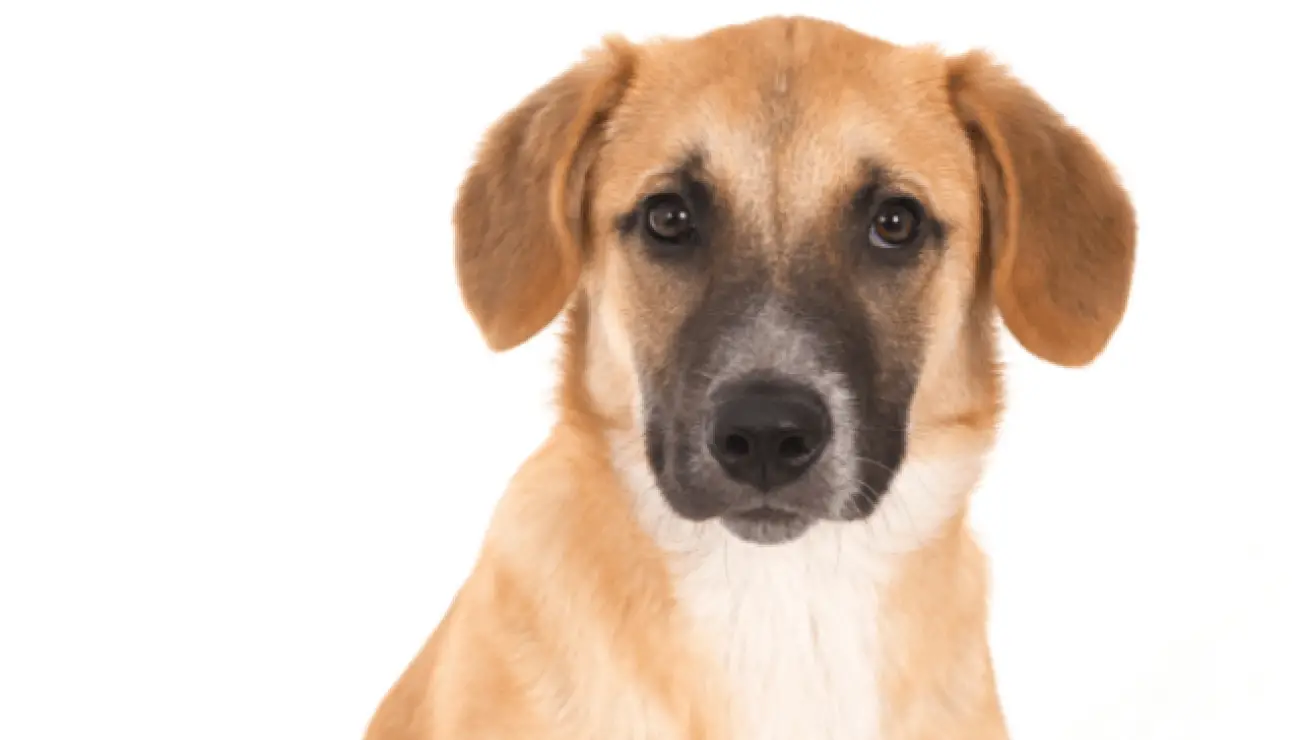
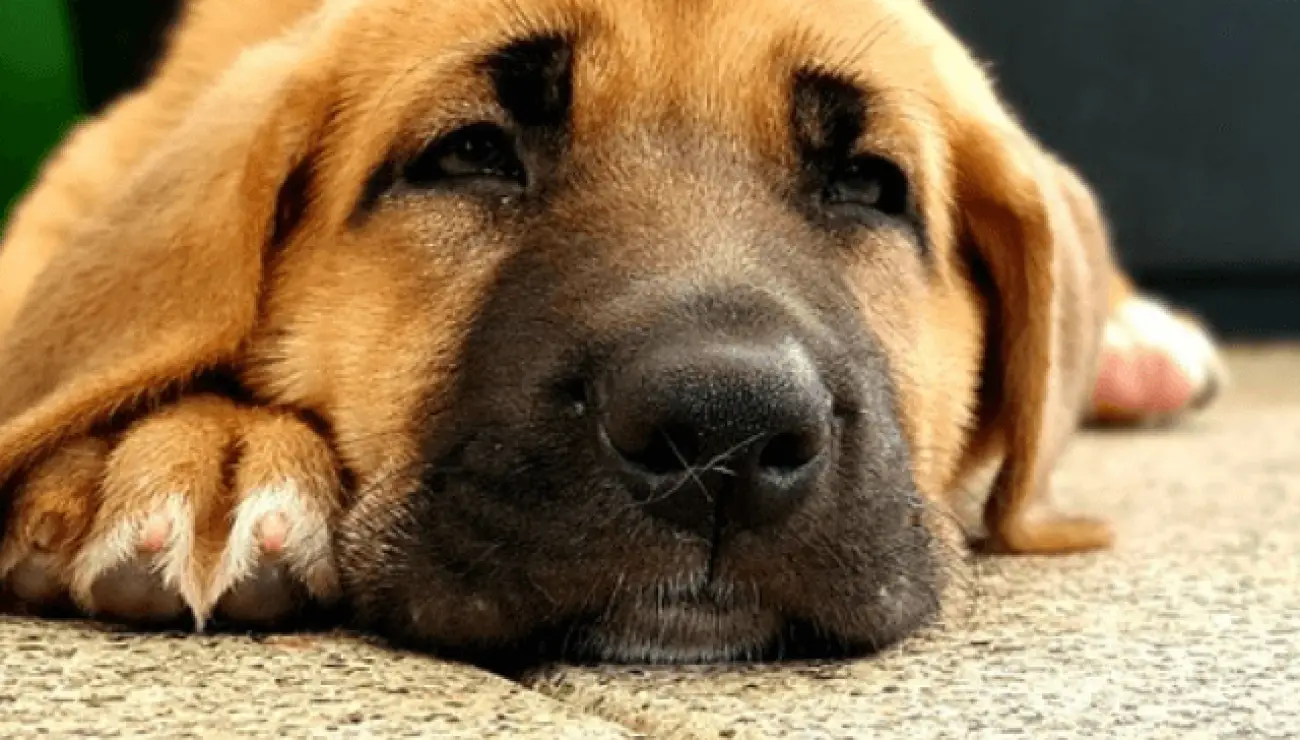
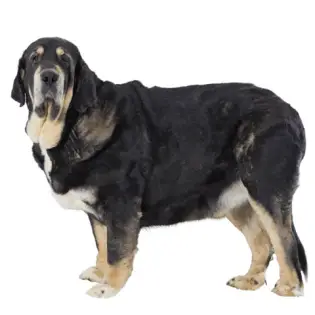
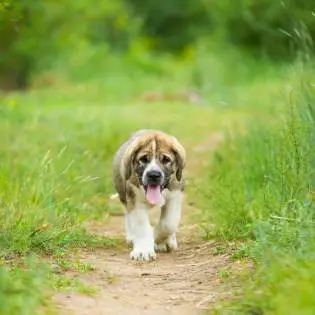
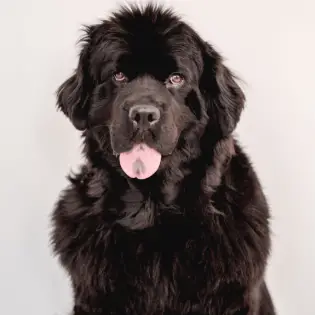
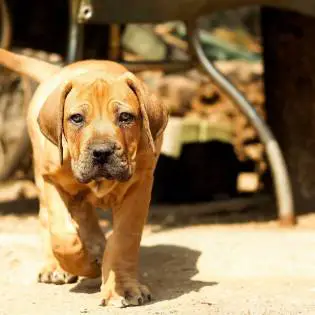

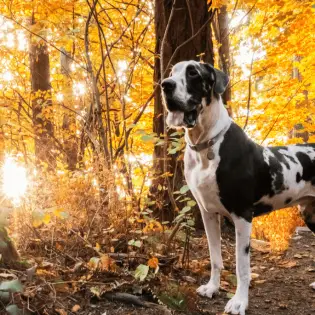
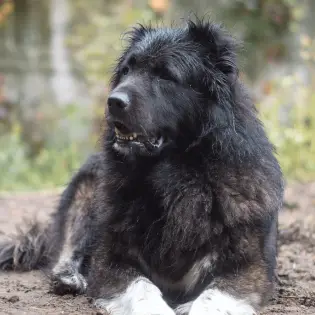
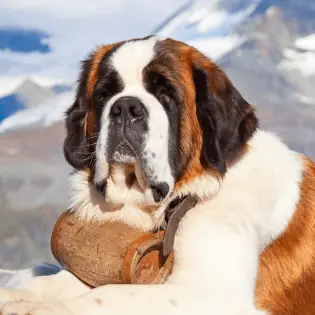
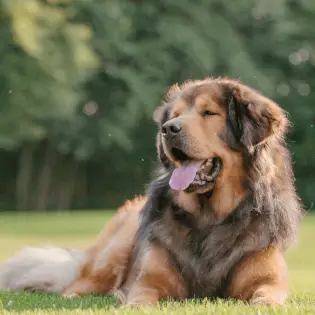
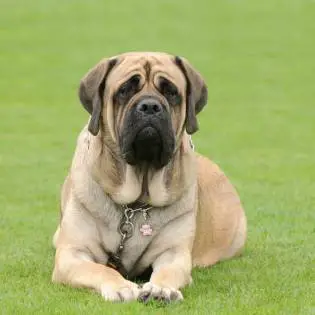

Share